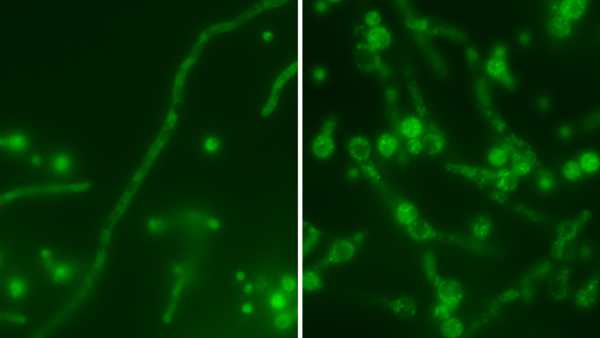
Research suggests that the troublesome fungus Aspergillus fumigatus gains a number of survival benefits from being host to a particular virus. Here, the cultures on the right are infected with the virus, while the cultures on the left are uninfected. (Image courtesy of Marina Campos Rocha)
A fungus deemed a “critical” problem by the World Health Organization may have a secret weapon: a virus hidden within it.
New research suggests that targeting this virus could be a new strategy for treating these dangerous fungal infections in humans.
You may like
-
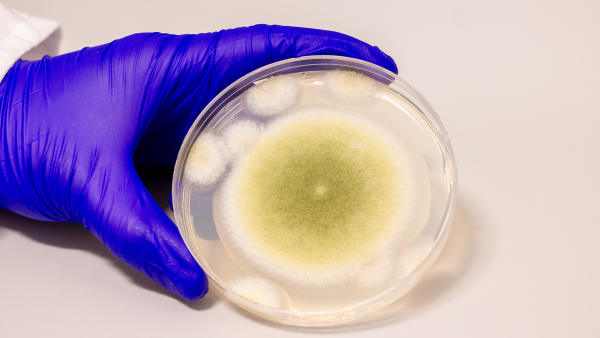
Fungus That May Have Caused 'Tutankhamun's Curse' Shows Effectiveness in Cancer Treatment
-
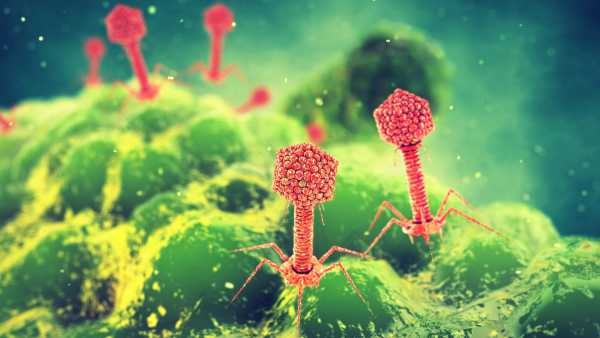
How the battle between viruses and bacteria could help us defeat superbugs
-

Scientist's Cat Helps Discover Rare Virus Again
A. fumigatus can infect people by inhaling its spores. This can cause short-term or long-term lung infections or “invasive” disease that spreads beyond the lungs. Although many people inhale Aspergillus spores every day, it typically only affects people with weakened immune systems, lead study author Marina Campos Rocha, a postdoctoral researcher at the Hebrew University of Jerusalem, told Live Science. People with underlying lung disease are also at risk.
This fungus causes about 2.1 million cases of invasive aspergillosis and 1.8 million cases of chronic lung infection per year, out of 6.55 million invasive fungal infections reported worldwide each year. The mortality rate from this invasive infection ranges from 30% to 80% worldwide.
In a new study published Aug. 14 in the journal Nature Microbiology, the researchers studied mice infected with A. fumigatus, which in turn was infected with the AfuPmV-1M virus, in a scenario Rocha described as a “Russian doll.” The fungus used was originally isolated from the lung of a patient who died of aspergillosis.
The researchers showed that when mice were given antiviral drugs, the rodents survived longer, had less fungal infection in their lungs, and had lower levels of the virus compared to mice that were not given the drug.
In other words, by targeting the virus alone, the researchers were able to reduce the severity of the fungal infection in mice, Rocha said. This appears to contradict the results of an earlier study published in 2020, which found the opposite effect: Targeting the virus inadvertently made the fungal infection worse. (Rocha noted that the discrepancy in results could be due to several factors, including that each research team used different approaches to clearing the fungal strains of the virus.)
Norman van Rijn, a research fellow at the Manchester Fungal Infections Group, said the discovery by Rocha and his colleagues is entirely new. “This is a major step forward in understanding the virulence of this fungus and could extend these findings to other human pathogens,” van Rijn, who was not involved in the study, told Live Science in an email.
You may like
-
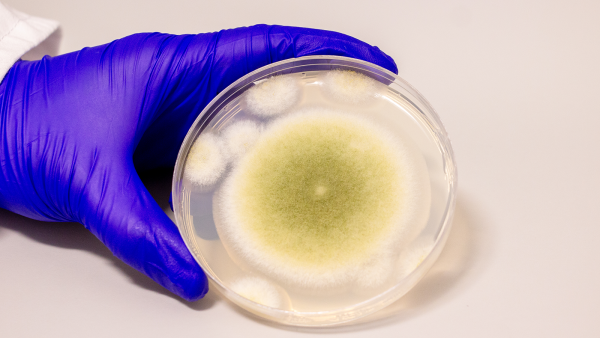
Fungus That May Have Caused 'Tutankhamun's Curse' Shows Effectiveness in Cancer Treatment
-
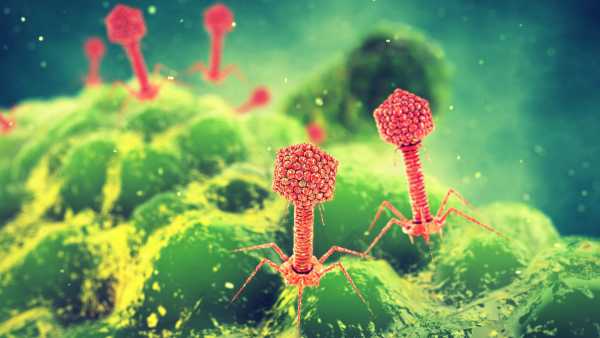
How the battle between viruses and bacteria could help us defeat superbugs
-

Scientist's Cat Helps Discover Rare Virus Again
Rocha and her team found that fungi exposed to antiviral drugs reproduced less efficiently and showed reduced melanin production; in many pathogenic fungi, melanin increases virulence and the ability to survive in harsh conditions.
Rocha noted that the virus itself cannot harm mice or humans because it needs specific receptors and proteins to bind, and mammals lack them. Each virus that causes fungal infections is usually specific to one type of fungus, she added.
“As in this case, it can only infect Aspergillus fumigatus,” Rocha said. “It can't infect other fungi.”
The researchers believe that one way the virus helps the fungus thrive is by controlling some of the processes by which the fungus processes RNA, the genetic molecule involved in making proteins. The virus somehow improves the fungus’s response to stress and protein synthesis, thereby increasing its survival in adverse conditions. They also found that human immune cells found it harder to kill virus-infected fungal strains than uninfected ones.
RELATED STORIES
—A new fungal infection has been discovered in China
— Research has shown that caffeine can help bacteria resist antibiotics.
— “The Most Dangerous Mushrooms for Humans”: Why the Spread of C. Auris Was Inevitable
The study authors believe that if the antiviral drugs used to fight AfuPmV-1M in mice are equally effective in people, future treatments could use the drug to weaken the fungus enough for the immune system or antifungal drugs to clear it from the body.
Rocha suspects that other fungal pathogens that infect humans may also be infected with similar viruses that make them more resistant. She and her colleagues are investigating the mechanisms of infection in infected and uninfected fungi.
“Our paper is just the first step in this research,” she told Live Science. “Our broader goal is to provide a more complete explanation of how this process occurs at the molecular level.”
Disclaimer
This article is for informational purposes only and does not provide medical advice.

Christoph Schweiger, Social Link Navigator, Live Science Contributor
Christoph Schweiger is a freelance journalist covering topics such as health, technology and current affairs. His work has appeared in Live Science, New Scientist, BioSpace and the Global Investigative Journalism Network, among other publications. He has appeared on LBC and Times Radio. He is a former national president of the Junior Chamber of Commerce International (JCI), an international leadership organisation, and holds an MA in journalism with distinction from the University of Groningen in the Netherlands.
You must verify your public display name before commenting.
Please log out and log back in. You will then be prompted to enter a display name.
Exit Read more
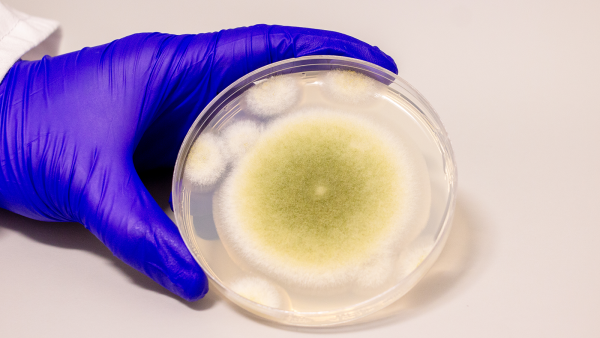
Fungus That May Have Caused 'Tutankhamun's Curse' Shows Effectiveness in Cancer Treatment
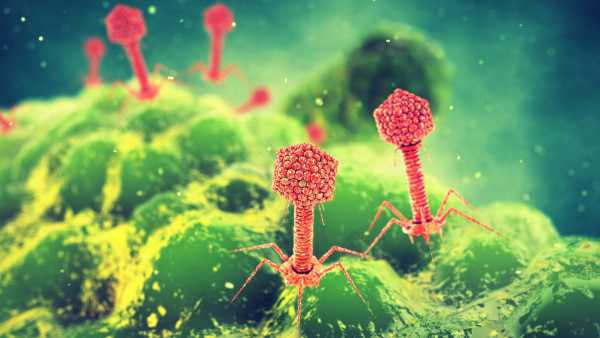
How the battle between viruses and bacteria could help us defeat superbugs

Scientist's Cat Helps Discover Rare Virus Again

Remnants of ancient viruses make up 40% of our genome. They can cause brain degeneration.
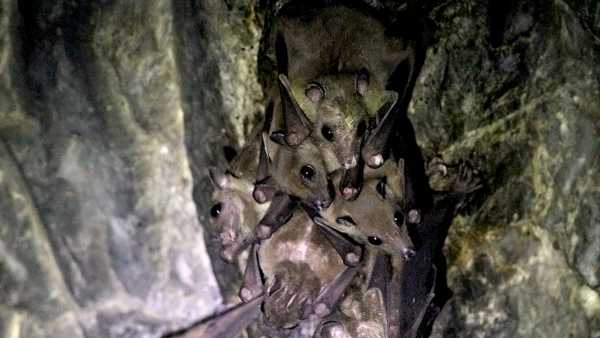
New viruses found in bats in China
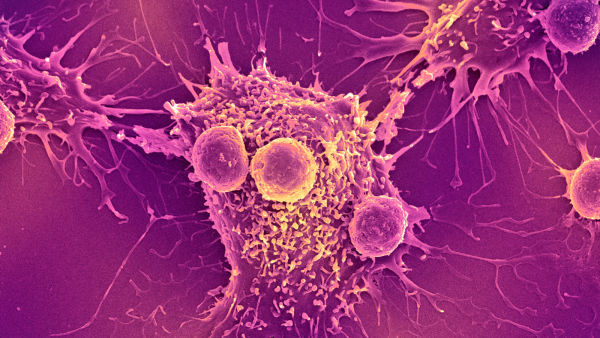
'Universal' cancer vaccine heading to human trials could be useful for 'all forms of cancer'
Latest news about viruses, infections and diseases
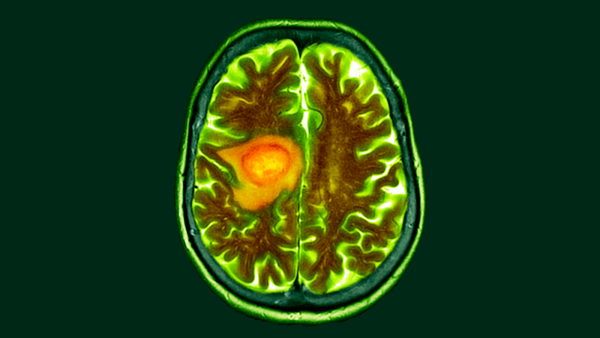
Early research suggests changing diet could make brain cancer treatment easier

Have you gotten the COVID vaccine this year?
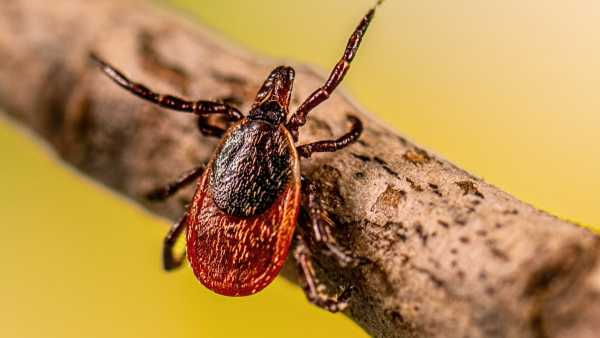
'Your concerns are well founded': How human activity has increased the risk of tick-borne diseases like Lyme disease

“We have effectively destroyed our entire capacity to respond to a pandemic,” says leading epidemiologist Michael Osterholm.
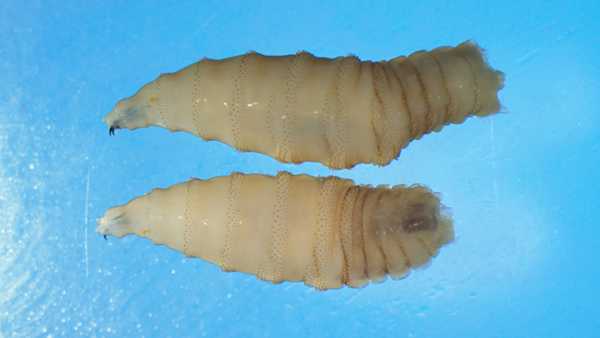
The first New World case of the parasitic blowfly in recent decades has been recorded in the United States.

Vaccines show promise in fight against dementia
Latest news
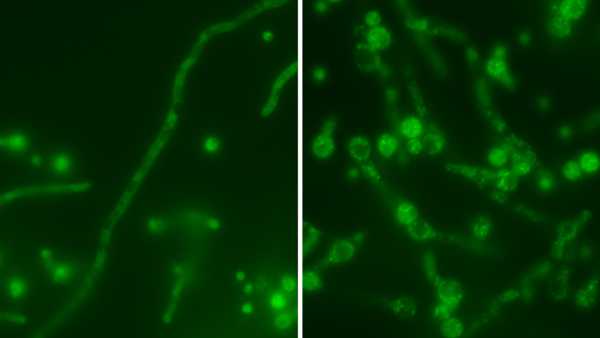
The 'Russian Doll' virus is hidden inside a deadly fungus, making it even more dangerous to humans

A 3,300-year-old ancient Egyptian whistle was likely used by a policeman tasked with guarding the 'sacred site' of a royal tomb.

Science News This Week: NASA Finds Compelling Evidence of Life on Mars, Scientists Invent Visible Time Crystals

Astronomers use rare 'double zoom' to see black hole's corona in unprecedented detail

Bolivia's 350-Year-Old Mummified Head Is Not What It Seems
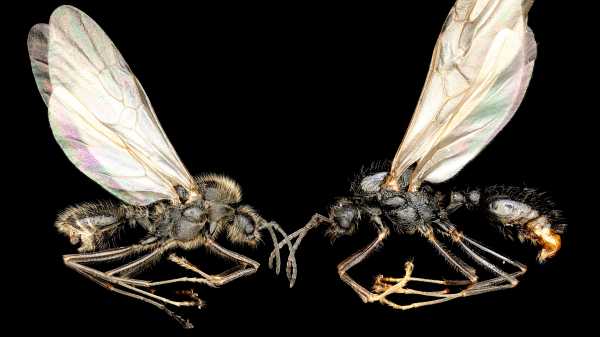
'Almost like science fiction': European ant is the first known animal to clone members of another species.
LATEST ARTICLES
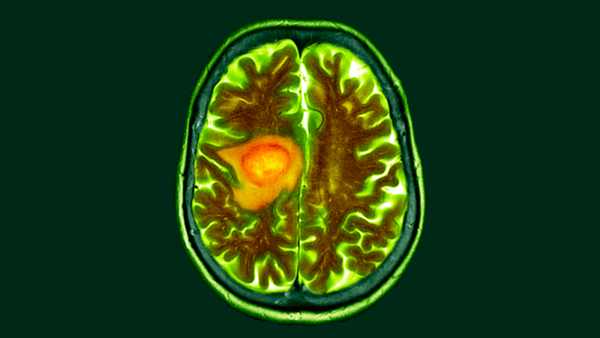
1Changing your diet could make brain cancer treatment easier, first study suggests
Live Science is part of Future US Inc., an international media group and leading digital publisher. Visit our corporate website.
- About Us
- Contact Future experts
- Terms and Conditions
- Privacy Policy
- Cookie Policy
- Accessibility Statement
- Advertise with us
- Web Notifications
- Career
- Editorial Standards
- How to present history to us
© Future US, Inc. Full 7th Floor, 130 West 42nd Street, New York, NY 10036.
var dfp_config = { “site_platform”: “vanilla”, “keywords”: “type-news-daily,serversidehawk,videoarticle,van-enable-adviser-
Sourse: www.livescience.com





